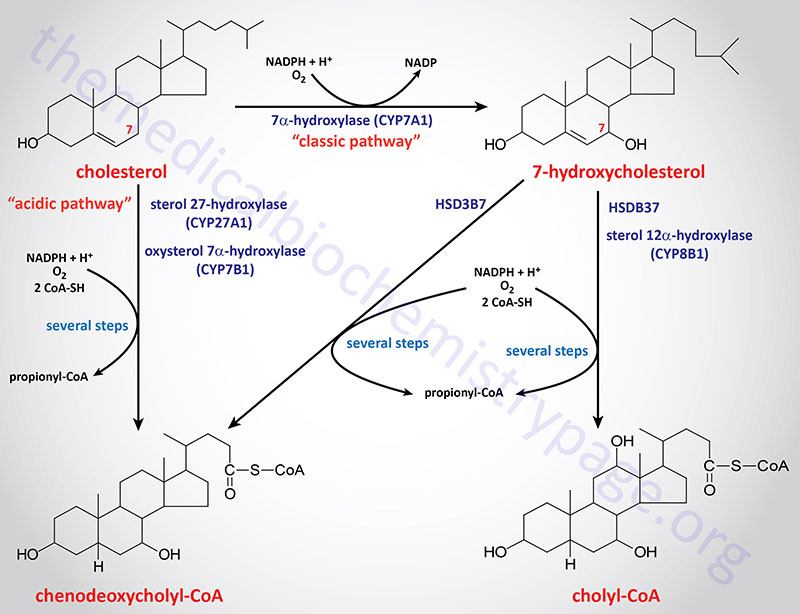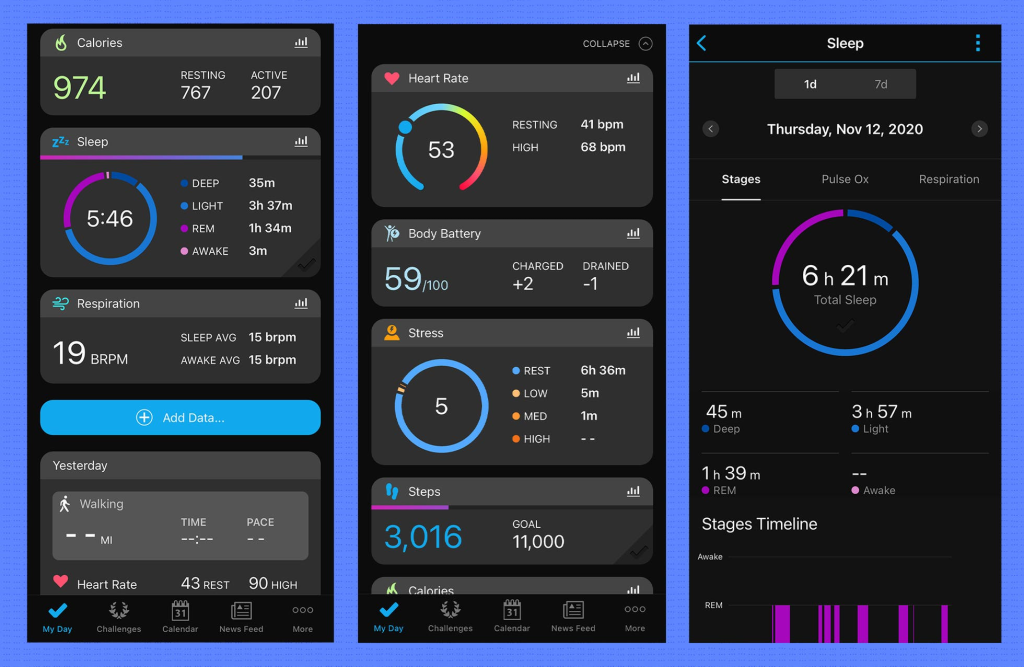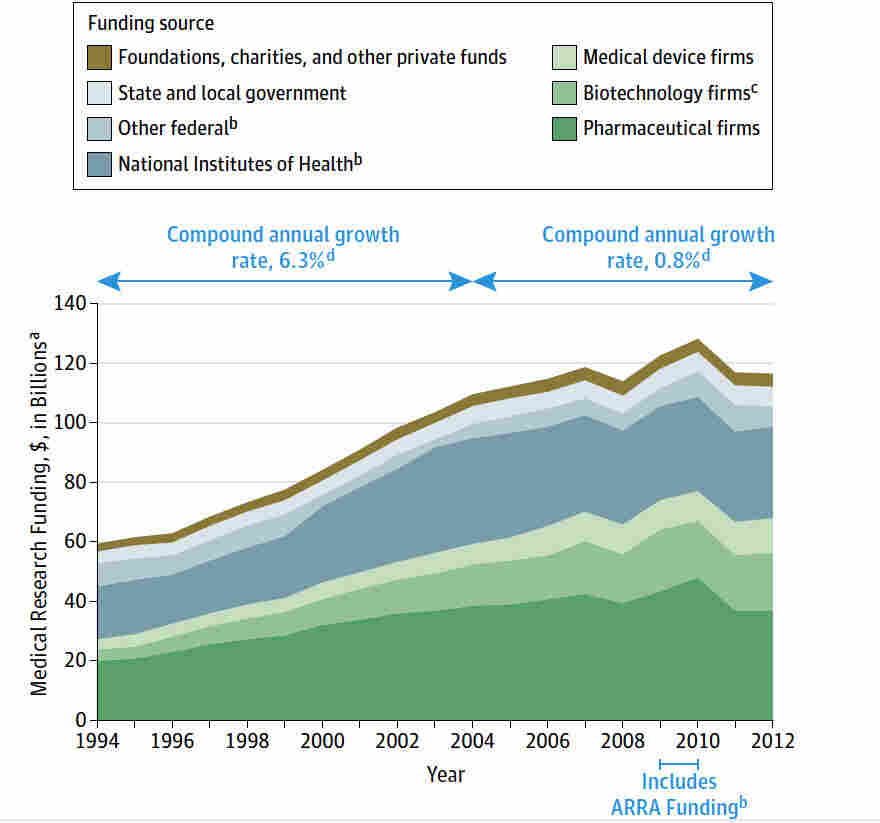Bile acid metabolism plays a crucial role in the health of our liver, influencing not only digestion but also disease progression, particularly in liver cancer and hepatocellular carcinoma (HCC). Recent research highlights how imbalances in bile acids can lead to severe liver diseases, including inflammation and fibrosis, paving the way for cancerous transformations. A key molecular switch, identified in studies, reveals the connection between bile acid regulation and liver health, shedding light on potential treatments for liver disease. Furthermore, the relationship between bile acids, FXR, and YAP signaling underscores the complexity of metabolic processes in the liver. By improving our understanding of bile acid metabolism, we open avenues for innovative therapeutic interventions in the fight against liver cancer.
The regulation of bile acids is integral to liver function and overall metabolic health. This dynamic process not only supports fat digestion but also plays a vital role in protecting against liver diseases. Insights into bile metabolism have significant implications for our understanding of conditions like hepatocellular carcinoma, a prevalent form of liver cancer. Disruptions in bile acid regulation, particularly through pathways like YAP signaling and FXR, can lead to detrimental effects, including inflammation and tumorigenesis. Emphasizing the importance of bile acid homeostasis presents new opportunities for targeted treatments aimed at addressing liver-related diseases.
Understanding Bile Acid Metabolism
Bile acid metabolism plays a crucial role in maintaining liver health and overall metabolic function. The liver synthesizes bile acids from cholesterol, which are then stored in the gallbladder and released into the small intestine to aid in the digestion of dietary fats. This metabolic process is tightly regulated and significantly influences the homeostasis of various liver functions. When bile acid metabolism is disrupted, it can lead to serious liver conditions, including inflammation and fibrosis, ultimately increasing the risk for hepatocellular carcinoma (HCC).
Recent studies have shown that disruptions in bile acid metabolism can significantly contribute to the progression of liver disease. For instance, factors such as obesity and metabolic syndrome can induce changes in bile acid composition, which not only hinder digestion but also affect liver signaling pathways. These changes can promote chronic inflammation within the liver, making it a fertile ground for the development of liver tumors. Understanding the precise mechanisms of bile acid metabolism is essential for developing targeted therapies for liver diseases and cancer.
The Role of FXR in Liver Health
Farnesoid X receptor (FXR) plays a pivotal role in regulating bile acid homeostasis and overall liver function. FXR is a nuclear receptor that responds to bile acids, modulating their synthesis and transportation in the liver. Activation of FXR helps to maintain balance by promoting bile acid excretion and suppressing their overproduction. Given its central role, FXR has emerged as a promising therapeutic target for treating liver diseases, including HCC. Enhancing FXR functionality may help mitigate liver injury and prevent further progression to cancer.
Moreover, the connection between FXR and YAP signaling is critical in understanding liver tumorigenesis. While FXR promotes the clearance of bile acids, YAP can repress FXR’s function, leading to an accumulation of bile acids in the liver. This imbalance amplifies the risk of liver fibrosis and eventual cancer development. Targeting YAP to activate FXR represents a novel approach in the search for effective liver cancer therapies, creating a pathway to potentially halt the cycle of liver damage.
Exploring FXR’s multifaceted role in liver disease may open doors for new preventative and therapeutic strategies. There’s immense potential for pharmacological interventions that can stimulate FXR activation, leading to improved liver health and reduced cancer risk. Ongoing research continues to highlight the significance of FXR in maintaining metabolic balance and liver integrity.
YAP Signaling Pathway: A Double-Edged Sword
The YAP signaling pathway has emerged as a significant player in liver biology and cancer progression. Traditionally associated with cell growth and proliferation, recent findings indicate that YAP can also repress bile acid metabolism, creating a complex relationship that may fuel liver disease. This dual role makes YAP a potential target for therapeutic intervention against liver cancers, especially hepatocellular carcinoma. Interfering with YAP’s repressive function could restore normal bile acid metabolism while simultaneously disrupting tumor growth.
Blocking the repressive activity of YAP opens the door to exciting treatment possibilities. Enhancing FXR activity to counteract YAP’s negative influence on bile acids could provide a mechanism to alleviate liver damage resulting from bile acid overaccumulation. Innovative strategies focusing on the YAP-FXR axis could lead to breakthroughs in liver cancer therapies, providing hope for patients suffering from advanced liver disease. Continuous investigation into the interplay between YAP signaling and metabolic processes will be crucial for developing effective interventions.
Chronic Inflammation: A Gateway to Liver Disease
Chronic liver inflammation is a well-recognized risk factor for developing hepatocellular carcinoma and is often fueled by metabolic dysregulation and bile acid imbalances. Conditions such as non-alcoholic fatty liver disease (NAFLD) and persistent viral infections can lead to a sustained inflammatory response, exacerbating liver damage and increasing cancer susceptibility. Understanding how bile acid metabolism contributes to inflammation is vital for devising prevention strategies.
Research indicates that bile acids can act as signaling molecules that influence inflammation in the liver. When bile acid homeostasis is disrupted, as seen with YAP’s repression of FXR functionality, inflammation can escalate, leading to a vicious cycle of liver injury, fibrosis, and cancer. By tackling chronic inflammation through modulating bile acid signaling, new therapeutic approaches could emerge that reduce the risk of HCC and improve long-term outcomes for patients.
Hence, addressing the inflammatory component of liver disease through bile acid metabolism could provide a strategic pathway for liver cancer prevention and treatment, highlighting the need for further research into these interconnected biological processes.
Potential Therapeutic Approaches to Liver Disease
The discovery of the interactions between bile acids, FXR, and YAP opens exciting avenues for therapeutic interventions targeting liver diseases. Researchers are exploring pharmacological agents that can enhance FXR activity, potentially offering a protective effect against liver injury and cancer progression. By developing drugs that can restore or mimic FXR action, it may be possible to regulate bile acid levels effectively while reducing chronic inflammation.
Additionally, therapies aimed at inhibiting YAP’s repressive activity offer another promising direction for liver disease management. By blocking YAP’s detrimental effects on FXR, these strategies could restore normal evidence signaling pathways and improve bile acid homeostasis. Ongoing clinical research will determine the efficacy of these approaches, unveiling new options for patients suffering from liver diseases, including hepatocellular carcinoma.
The Future of Liver Cancer Research
As the understanding of the mechanisms underlying liver disease and liver cancer continues to evolve, the future of liver cancer research looks promising. The interplay between bile acid metabolism, FXR signaling, and YAP pathways will be central to developing innovative treatment strategies. By further investigating these relationships, researchers can identify new biomarkers and therapeutic targets that could enhance liver cancer management.
Emerging technologies in molecular biology and genomics are paving the way for personalized medicine approaches for liver cancer. Tailoring treatments based on individual metabolic profiles and liver function may enhance the effectiveness of interventions significantly. The collaborative efforts of researchers, clinicians, and pharmaceutical companies will be essential in translating these findings into practical solutions for patients facing liver disease and its complications.
Liver Disease: Prevention Strategies
Preventing liver disease is crucial, especially with the rising rates of hepatocellular carcinoma globally. Key strategies focus on maintaining metabolic health, which inherently includes regulating bile acid metabolism. Adopting a balanced diet, engaging in regular physical activity, and controlling body weight are essential steps in reducing inflammation and promoting liver health. Moreover, avoiding excessive alcohol consumption and managing viral hepatitis can significantly minimize the risk of liver diseases.
Additionally, increasing awareness of liver health and educating individuals about the role of bile acid metabolism can contribute to proactive measures in preventing liver disease. Public health initiatives aimed at encouraging liver screenings and promoting knowledge on lifestyle modifications can create a positive impact on liver cancer statistics. Implementing multifaceted prevention approaches will be vital in combating liver disease and ensuring healthier outcomes for future generations.
The Impact of Nutrition on Liver Health
Nutrition plays a pivotal role in liver health, directly influencing bile acid metabolism and overall liver function. Diets rich in nutrients, such as fiber, healthy fats, and antioxidants, support bile production and help prevent imbalances that could lead to liver disease. Understanding the nutritional components that favor bile acid homeostasis is critical for developing dietary guidelines aimed at reducing liver cancer risks.
Conversely, diets high in saturated fats, refined sugars, and processed foods can disrupt bile acid metabolism, leading to increased risks of inflammation and liver disease. Fostering public awareness about the importance of nutrition in liver health can empower individuals to make informed dietary choices, ultimately aiding in the prevention of hepatocellular carcinoma. Collaborative efforts between nutritionists and liver health practitioners can enhance the ability to create effective dietary plans targeting the prevention of liver diseases.
Emerging Technologies in Liver Disease Research
The advent of emerging technologies in molecular biology is revolutionizing liver disease research, offering novel insights into the complex interplay between bile acid metabolism, liver health, and cancer progression. Advanced genomic techniques, such as CRISPR and next-generation sequencing, allow researchers to dissect genetic factors influencing liver disease, paving the way for personalized treatment strategies. These technologies enable deeper understanding of how disruptions in bile acid metabolism lead to chronic liver conditions.
Moreover, bioinformatics tools are playing an increasingly critical role in analyzing large datasets, identifying potential biomarkers for liver disease that can facilitate early diagnosis and treatment. These groundbreaking advancements have the potential to transform the landscape of liver cancer management by fostering a more precise and targeted approach to therapy, ultimately improving patient outcomes.
Frequently Asked Questions
What is the link between bile acid metabolism and liver cancer?
Bile acid metabolism is crucial for maintaining liver health; an imbalance can lead to liver diseases, including hepatocellular carcinoma (HCC), which is the most common form of liver cancer. Disruption in bile acid homeostasis can trigger liver injury, inflammation, and promote cancerous growth.
How does YAP signaling affect bile acid metabolism and liver disease?
YAP signaling plays a significant role in regulating bile acid metabolism. Its activation can interfere with the Farnesoid X receptor (FXR), leading to an overproduction of bile acids. This accumulation can result in liver inflammation and fibrosis, ultimately contributing to the development of liver cancer.
What role does FXR play in bile acid metabolism and liver health?
FXR, or Farnesoid X receptor, is a key nuclear receptor that regulates bile acid homeostasis. Proper functioning of FXR is essential for maintaining bile acid metabolism, preventing its excessive accumulation in the liver, and mitigating risks of liver diseases such as hepatocellular carcinoma.
Can targeting bile acid metabolism be an effective treatment for liver diseases?
Yes, targeting bile acid metabolism offers promising avenues for treating liver diseases. Strategies that enhance FXR function or promote bile acid excretion can disrupt the cycle of liver damage and cancer progression, as observed in experimental models.
What implications does the study of bile acid metabolism have for liver disease treatment?
The study highlights the potential for pharmacological interventions that stimulate FXR and correct bile acid imbalances. This could open pathways for innovative treatments aimed at halting the progression of liver diseases, including hepatocellular carcinoma.
| Key Point | Details |
|---|---|
| Bile Acids Function | Aid in fat digestion and metabolic regulation by acting as hormones. |
| Connection to Liver Cancer | Imbalances in bile acids can lead to liver diseases, including hepatocellular carcinoma (HCC). |
| YAP and Bile Acid Metabolism | YAP affects bile acid production by regulating FXR, leading to liver damage. |
| Potential Treatments | Enhancing FXR function or promoting bile acid excretion could disrupt the cycle of liver damage and cancer progression. |
| Broader Implications | Understanding YAP’s role in bile acid metabolism may open avenues for new cancer therapies. |
Summary
Bile acid metabolism is crucial for maintaining liver health and preventing diseases such as liver cancer. The identified molecular connections show how an imbalance can promote liver diseases, highlighting the importance of regulating bile acids. With insights into the role of YAP in this process, researchers are optimistic about developing effective pharmacological interventions to combat liver cancer. Enhanced understanding of bile acid dynamics can lead to innovative treatments aimed at restoring balance and improving patient outcomes.



